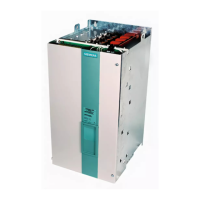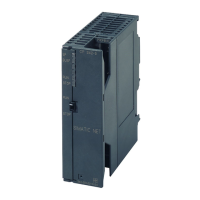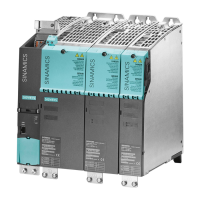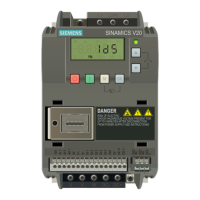06.2005 Engineering Information
Siemens AG 6SE7087-6QX70 (Version AE)
SIMOVERT MASTERDRIVES Compendium Motion Control 11-11
For selecting the gear, there are various other variables in addition to
the maximum speed under load and the maximum load torque, e.g.
size, efficiency, torsional play, torsional strength, moment of inertia,
noise. Planetary gears are especially suitable for positioning tasks due
to their low torsional play and high torsional stiffness. These gears also
have a high power density, are highly efficient and produce a low
amount of noise. When the gear transmission ratio is being selected, it
should be borne in mind that higher motor speeds generally entail
smaller motors. This must be checked, however, in each individual
case. A higher gear transmission ratio has a favourable effect on
positioning accuracy in relation to the encoder resolution. The
positioning accuracy is calculated as follows from the components
gears, encoder and mechanical system:
∆ s
D
gear
G
=
⋅
°
⋅
π
α
360
[mm]
∆ s
D
iz
encoder
=
⋅
⋅
π
[mm] or
∆ s
h
iz
encoder
Sp
=
⋅
with spindle drives [mm]
∆∆∆ ∆sss s
total gear encoder mech
=+ +
(steady-state) [mm]
∆ s
mech
is the imprecision of the mechanical system such as due to
expansion of the toothed belt in mm.
α
G
Torsional angle of the gear [degree]
z
Number of pulses per encoder revolution
D Drive wheel/pinion diameter [mm]
h
Sp
Spindle pitch [mm]
i Gear transmission ratio
In the case of a pure acceleration drive without additional forces and
torques, the optimum gear transmission ratio for the smallest motor
torque and thus also for the smallest motor current can be calculated as
follows for a given motor:
i
J
J
opt
load
Mot
=
It is, however, not always possible to implement this optimum gear
transmission ratio, e.g. if the resulting motor speed is too high.

